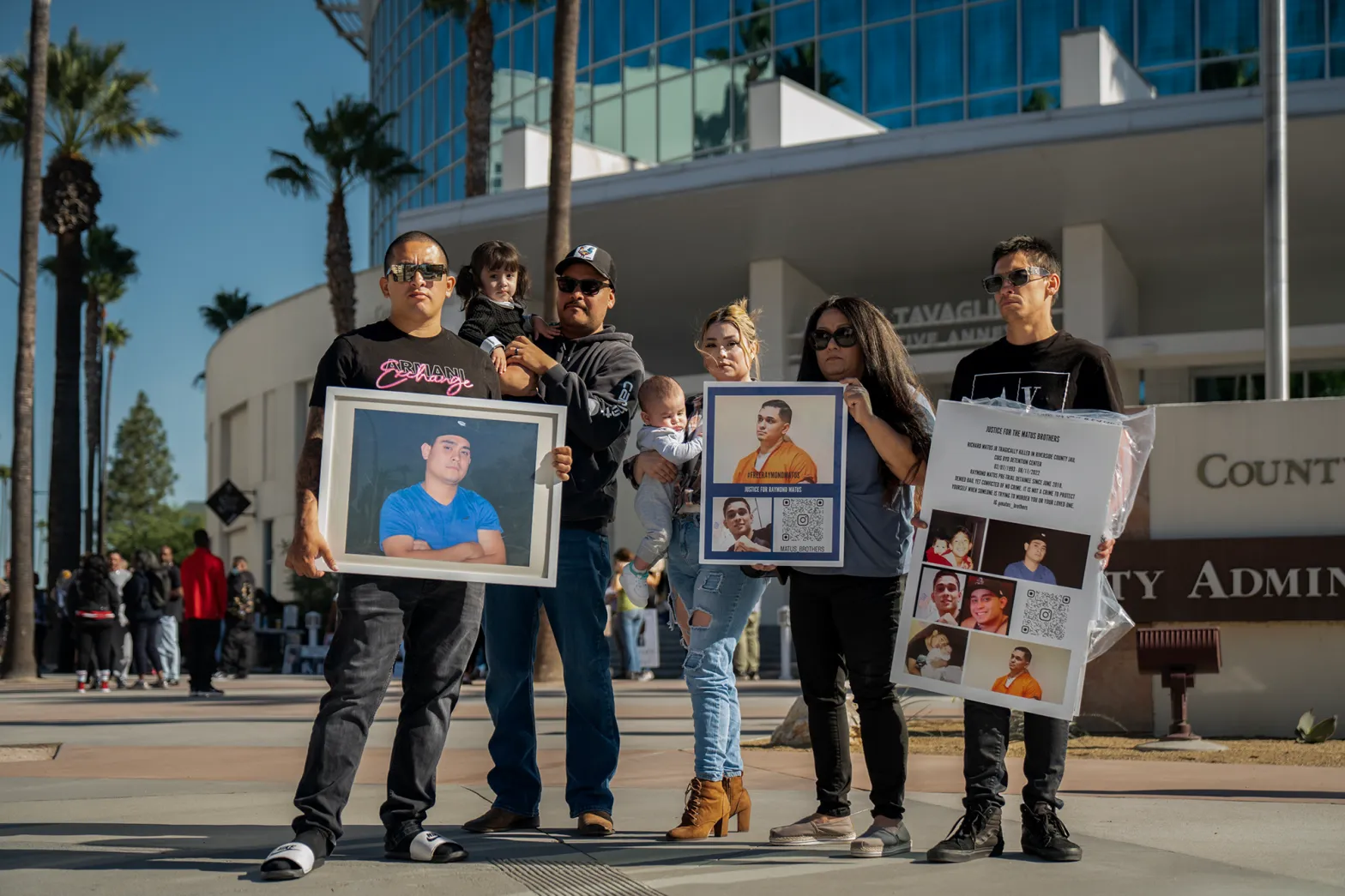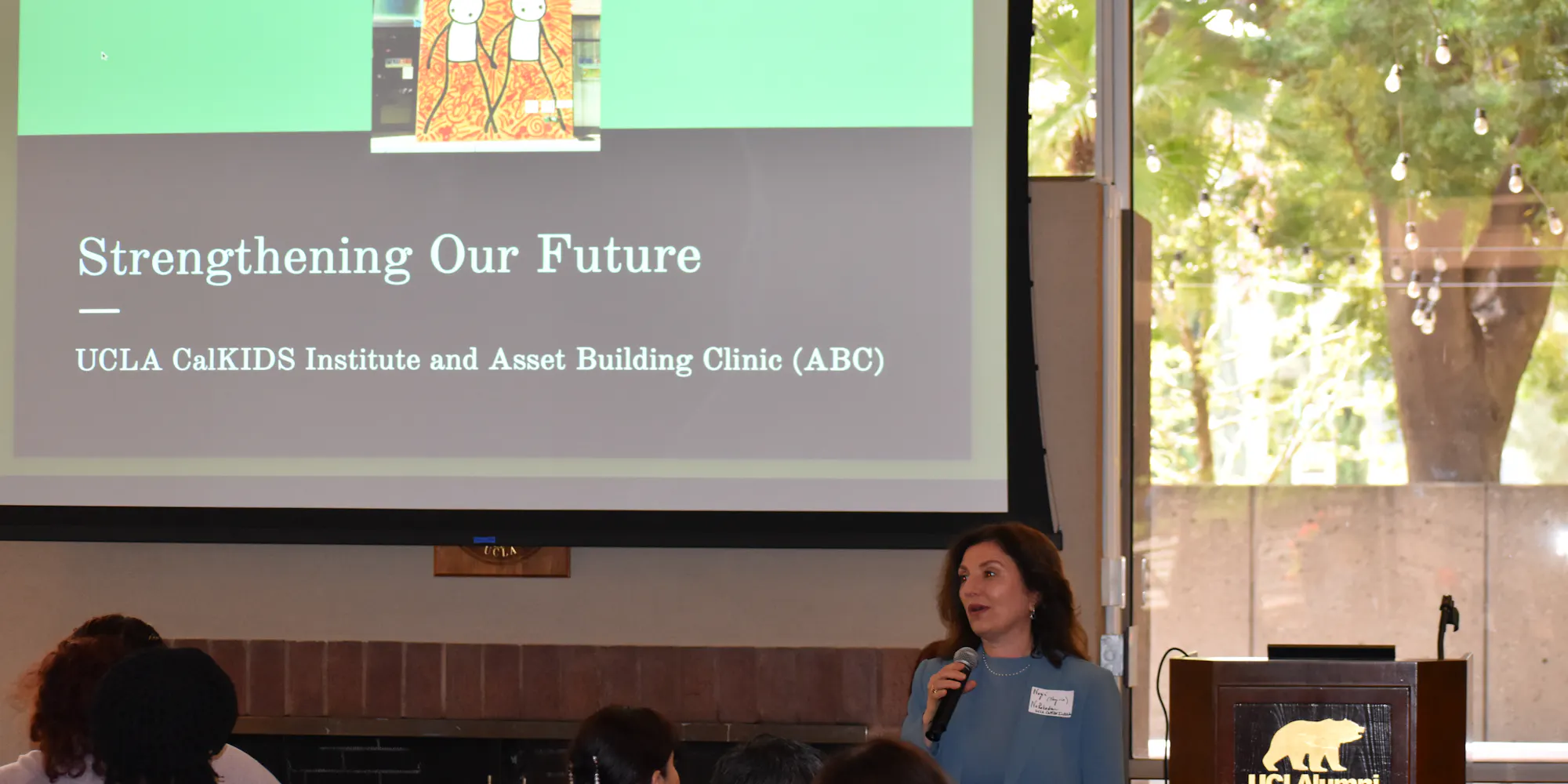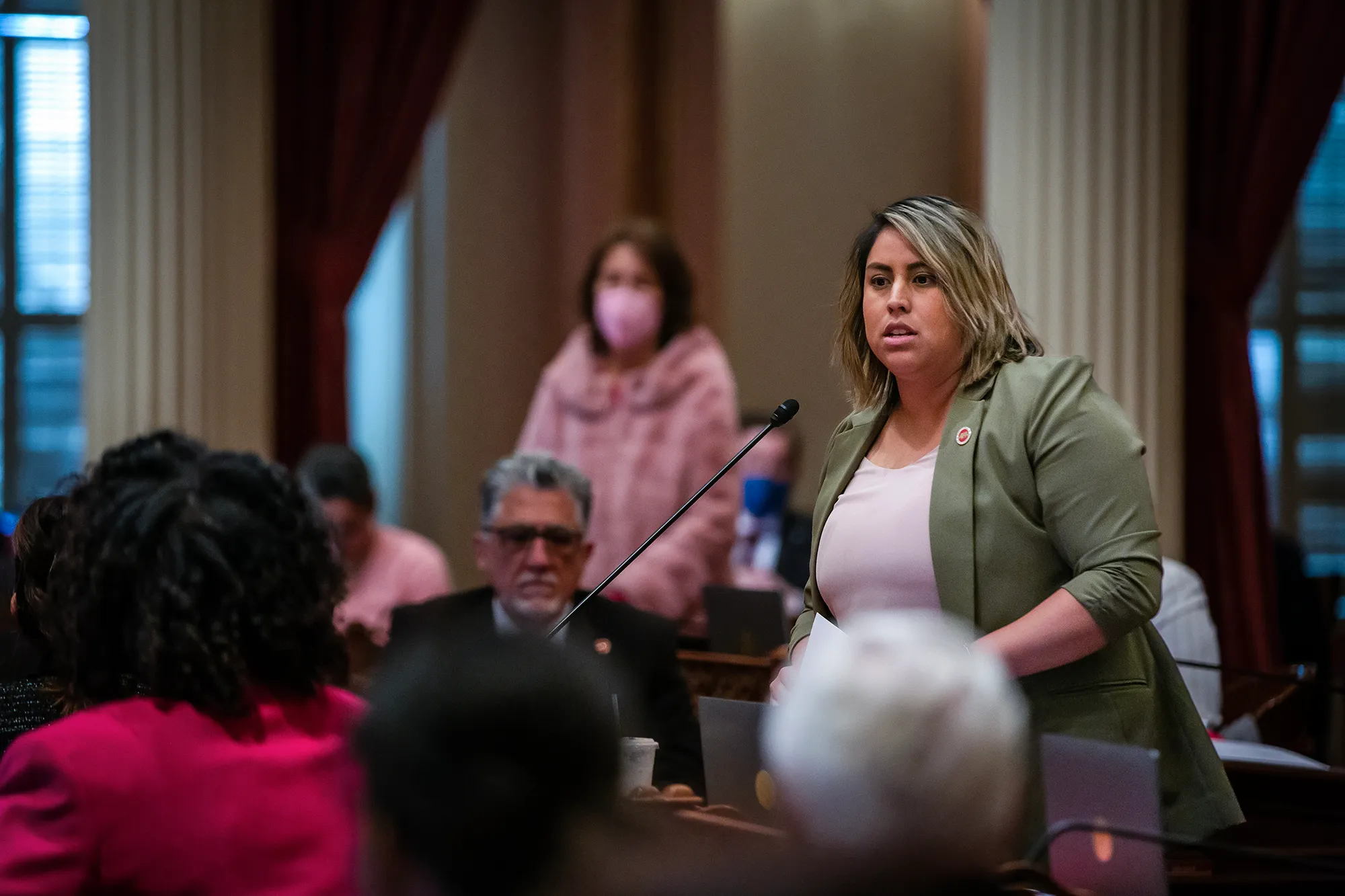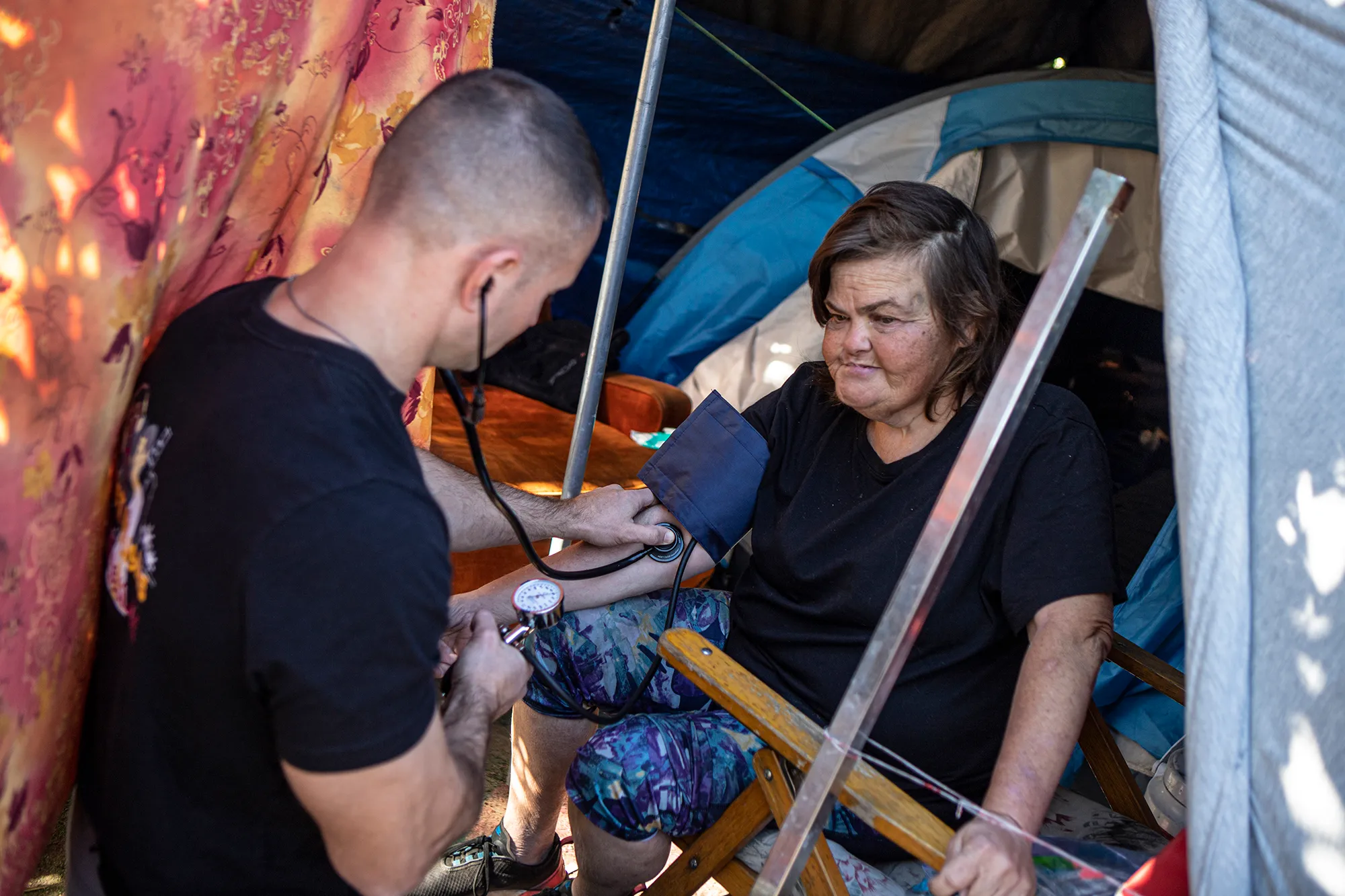Holding Thousands Fewer, But Far More Are Dying in Them
Gov. Gavin Newsom pledged to address a rise in jail deaths early in his administration. Since then, fentanyl overdoses and suicides have death rates at historic highs.
By Nigel Duara and Jeremia Kimelman
Cal Matters
Drug overdoses, insufficient medical treatment, suicides — all of those causes of jail deaths could be minimized by more stringent policies.
Academics, inmates and their advocates suggest scanning jail workers for drugs, providing a ready supply of the opioid-blocking naloxone nasal spray, ensuring inmates go through intake in a more private area, performing more frequent checks of inmates, and instituting local oversight boards.
Those decisions fall to one person: The county sheriff.
Some of California’s deadliest jails are in Riverside County, where 45 people have died since Jan. 1, 2021. One of them was Richard Matus.
Matus knew he wasn’t feeling well days before he died.
In journals he kept during his incarceration, which his family provided to CalMatters along with his medical records, Matus complained of feeling ill and receiving no medical help in jail.
“It’s hard to deal with being treated as a sick animal an feeling like im just waiting to die,” he wrote in one entry. “I’ve put in medical slips to see a doctor because I felt sick, very dizzy, bad head ack, felt like I was running fever and completely lost my sense of smell witch was really weird. They never followed up I believe it was twice I put in medical slips an no response so I gave up.”
Matus, whose family said he hadn’t used drugs besides marijuana before his incarceration, was found dead in his cell on Aug. 10, 2022, of a fentanyl overdose.
In a lawsuit filed in March 2023, Matus’ family alleges that Matus was lucid and communicative on the phone with his mother, Lisa, hours before his death. They allege that his “dire need for emergency medical intervention went unnoticed by the (jail’s) custody staff.”
An autopsy conducted eight hours after Matus’ death found something else. His left anterior descending artery, which provides half the heart’s blood supply and is known colloquially as “the widowmaker,” was 80% to 90% blocked.
A medical form filled out by Matus on Sept. 26, 2021, indicated that a doctor told him his cholesterol and blood pressure were far above normal.
“Every time he complained to that (jail medical) office, they gave him cholesterol pills and told him to lose weight,” Matus’ mother, Lisa, told CalMatters. “They never sent him to the hospital, even though his blood pressure and cholesterol was (above normal). The whole time, he needed medical care and they just ignored him.”
That contention became part of the family’s lawsuit.
“Due to the great delays in securing adequate emergency medical attention for Richard Matus, Jr., and the failures on behalf of the (jail’s) custody staff in performing the required safety and welfare checks,” Matus’ family wrote in the lawsuit, “Mr. Matus did not respond to medical intervention and died.”
The Riverside County Sheriff’s Office responded to the lawsuit by denying all liability and said that Matus’ death was his own doing.
“If Plaintiffs sustained any injury or damages,” they wrote, “such injury or damages were solely caused or contributed to by the wrongful conduct of other entities or persons other than the answer Defendants.”
Some sheriffs have changed their practices to avoid in-custody deaths. Others say they’re looking for solutions. But Riverside County Sheriff Chad Bianco has instead taken an adversarial approach.
Criticism of his policy and practices, Bianco told the Riverside Press-Enterprise, are a “political publicity stunt of the far left.” He did not answer questions from CalMatters.
After an inmate died in 2022, the Riverside Press-Enterprise posted an interview with Bianco. In the comments under the story, someone who identified himself as Bianco — interacted with commenters, referring to the demands of people whose family members had died in his jails.
“Did they demand their family members not commit suicide or consume drugs while they were in custody?” he wrote. “Did they ever demand that their family members not commit crimes in the first place? Did their parents ever demand that they take responsibility for their own actions?”
The ACLU sent a letter in September 2021 demanding that the state investigate Riverside County jails. In 2022, another 19 people died, including Matus. After the ACLU wrote again demanding an inquiry by the state’s jail oversight board in early 2023, Attorney General Rob Bonta launched an investigation.
The Justice Department refused to answer any questions about its investigation. Bianco did.
“This announcement comes as a shock but at the same time should have been expected from our California DOJ and the attorney general who cares more about politics than he does about transparency and the truth,” Bianco said in a video the day the investigation was announced.
“This investigation is based on nothing but false and misleading statements and straight out lies from activists, including their attorneys. This will prove to be a complete waste of time and resources.”
So why are so many dying in California jails?
The reasons people are dying at record rates in California jails are a matter of circumstance, although in interviews with more than 70 people involved in California jails systems, from sheriffs and prosecutors to inmates and nurses, some patterns emerged.
Natural causes have long accounted for the biggest share of jail deaths, followed by suicides.
Suicide prevention should be a higher priority for jail staff, said University of Texas School of Law professor Michele Deitch, among the nation’s foremost authorities on deaths in prisons and jails.
“The vast majority of these deaths are preventable,” she said.
The causes of a significant number of deaths for recent years are still pending — meaning that the sheriff’s office hasn’t yet identified the cause or the Justice Department hasn’t updated the cause in its data collection.
But the recent increase in deaths came from the third largest cause overall, accidental deaths including fentanyl overdoses. Overdoses accounted for 43 deaths in 2022.
Fentanyl overdoses present a far deadlier challenge now than the previous dominant drug in jails, methamphetamine. Other factors are the same ones Newsom cited a few years ago: suicide; failures in health care or psychiatric evaluations; and less commonly, violence among inmates or by jail guards.
When jails reopened to their regular capacity, the arrival of new inmates and the resignations of burned-out health care workers stressed the systems beyond their breaking points, according to Corene Kendrick, deputy director of the American Civil Liberties Union National Prison Project.
“A lot of jails have said that they’re having problems with correctional and health care staff who quit during the pandemic,” she said.
One of those was Dr. Lauren Wolchok, who worked in Los Angeles County jails from 2016 to 2021. Before and during the pandemic, she said, the number of opioid-dependent patients she saw skyrocketed.
But those jails strictly restricted opioid treatment, she said, confining it to a small subset of the population that needed it.
“I was not able to offer the kind of medical care that I wanted to be able to offer and that contributed to burnout for me,” Wolchok said. “I had long struggled with the existential crisis of, am I doing more harm than good by working in this terrible setting or am I sort of fighting against the system and getting people care that they otherwise wouldn’t have?
“Especially as the quality of the care that I felt I was delivering declined, it became harder and harder for me personally to decide that I was fighting the good fight.”
At the moment, the attorney general has two open investigations into jails, one in Riverside County and one in Santa Clara County. But the organization charged with overseeing day-to-day operations of California’s jails is the Board of State and Community Corrections.
The board can wield significant power.
When it repeatedly found the Los Angeles juvenile hall were unsuitable for housing last year, it shut down the system and directed the county probation department to find new housing for about 300 young people.
But that was an exception.
A Feb. 9, 2023, board meeting turned contentious when it came to the Riverside County jail system, the 15th-largest in the U.S.
Avalon Edwards, a policy associate of Riverside-based social justice organization Starting Over Inc., said the board was not enforcing its own standards of inmate care.
“If (Riverside County) can kill 20 people in 13 months and fail to provide any information to the families impacted, fail to report those deaths to the DOJ within the 10-day mandated reporting period, continue to lie to the public about the cause of death for all these people,” he said, “what are those minimum standards accomplishing?”
Edwards urged the board to withhold funding from noncompliant departments or, if they wouldn’t, he asked every board member to resign.
Critics argue that the board lacks the ability to effectively regulate jails.
“It is not set up with the kind of enforcement power, or teeth, to be able to meaningfully hold accountable agencies that are failing to comply with standards,” recently recalled San Francisco District Attorney Chesa Boudin told CalMatters. “So that’s one problem. And I don’t say that as a criticism of the organization or the people there so much as of the structure.
“I mean, it doesn’t have the ability to actually impose remedies even when it is aware of violations,” he said.
Two independent state oversight agencies also have found fault with the board and the jail system. The Legislative Analyst’s Office found in 2021 that the board’s effectiveness is hard to judge because it’s unclear what the board’s mission is. It said this “undermines the Legislature’s ability to assess whether the program is operating effectively and is consistent with Legislative priorities.”
The State Auditor’s Office, meanwhile, zeroed in on San Diego County jails in February 2022. It found that the San Diego Sheriff’s Department failed to prevent deaths in its jails and that its practices “likely contributed to in‑custody deaths.”
The auditor’s office also found fault with the state corrections board, saying its jail regulations are inconsistent and its answers to the audit were “deficient or misleading.”
Even one member of the state corrections board feels the board’s hands are tied.
“All we’re doing is making recommendations to sheriffs,” said board member Norma Cumpian. “You’re like, hey, 20 people have died in your jails. We recommend that you, you know, report it quicker. Like, that’s not a lot.”
Cumpian, a former inmate who served nearly 20 years in prison for killing her abusive partner, said she often senses indifference or complacency from her colleagues.
As for plans to add a detention monitor, a dubious Cumpian said “I don’t know, this bill is supposed to release reports to the public. Like, what is that gonna do?”
Dicus, the San Bernardino sheriff who operates the seventh-largest jail system in the U.S., doesn’t see a problem with the way the oversight board operates. He said the oversight board is doing its job in accordance with its mission: assessing the policies and procedures of the jails it oversees while ensuring facilities are up to code.
He said the blame for in-custody deaths extends beyond the jails.
“Locally, try getting some help,” Dicus said. “Our local department of behavioral health, and this is not me throwing stones at them, but they’re 9 to 5. We live in a 24/7 environment where people are in crisis. And the crisis that we’re experiencing, the cops are there 24/7, but we need some of these other service providers to have the same level of response.”
He said the state has to rethink how it operates the social safety net at the county level, especially for mental health and substance abuse.
“It’s just typically this is the way we’ve handled everything, and we need to break out of that,” he said. “I think we need kind of a statewide revisit of what’s working and what’s not.”
Nigel Duara joined CalMatters in 2020 as a Los Angeles-based reporter covering poverty and inequality issues. Previously, he served as a national and climate correspondent on the HBO show VICE News Tonight. Before that, he was the border correspondent at the Los Angeles Times. He can be reached at nigel@calmatters.org
Jeremia Kimelman is a data journalist who uses code and data to make policy and politicians easier to understand. He was previously a graphics editor at the COVID Tracking Project and a data journalist at NBC News covering elections and national politics. He can be reached at jeremia@calmatters.org
CalMatters.org is a nonprofit, nonpartisan media venture explaining California policies and politics. Published with permission of CalMatters













